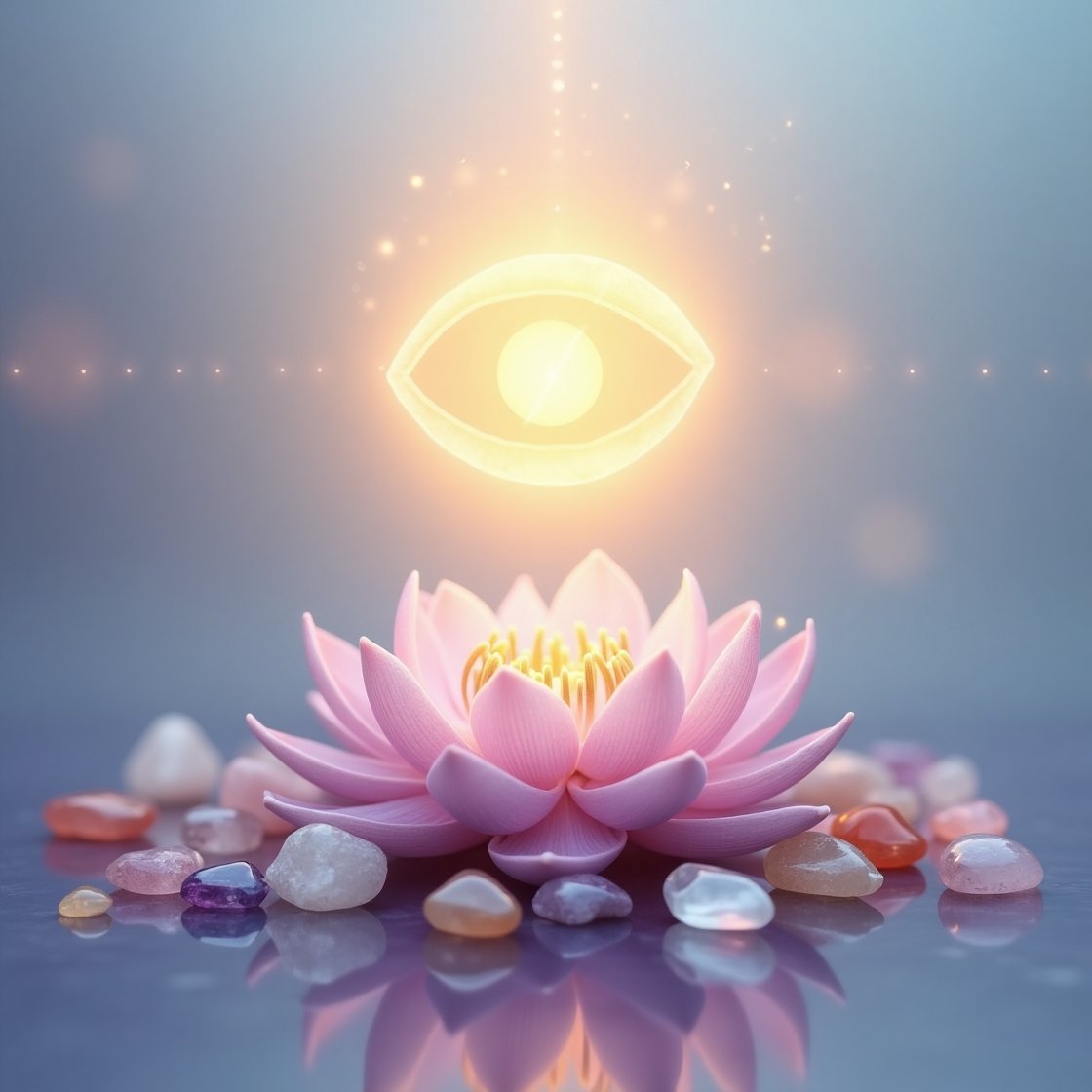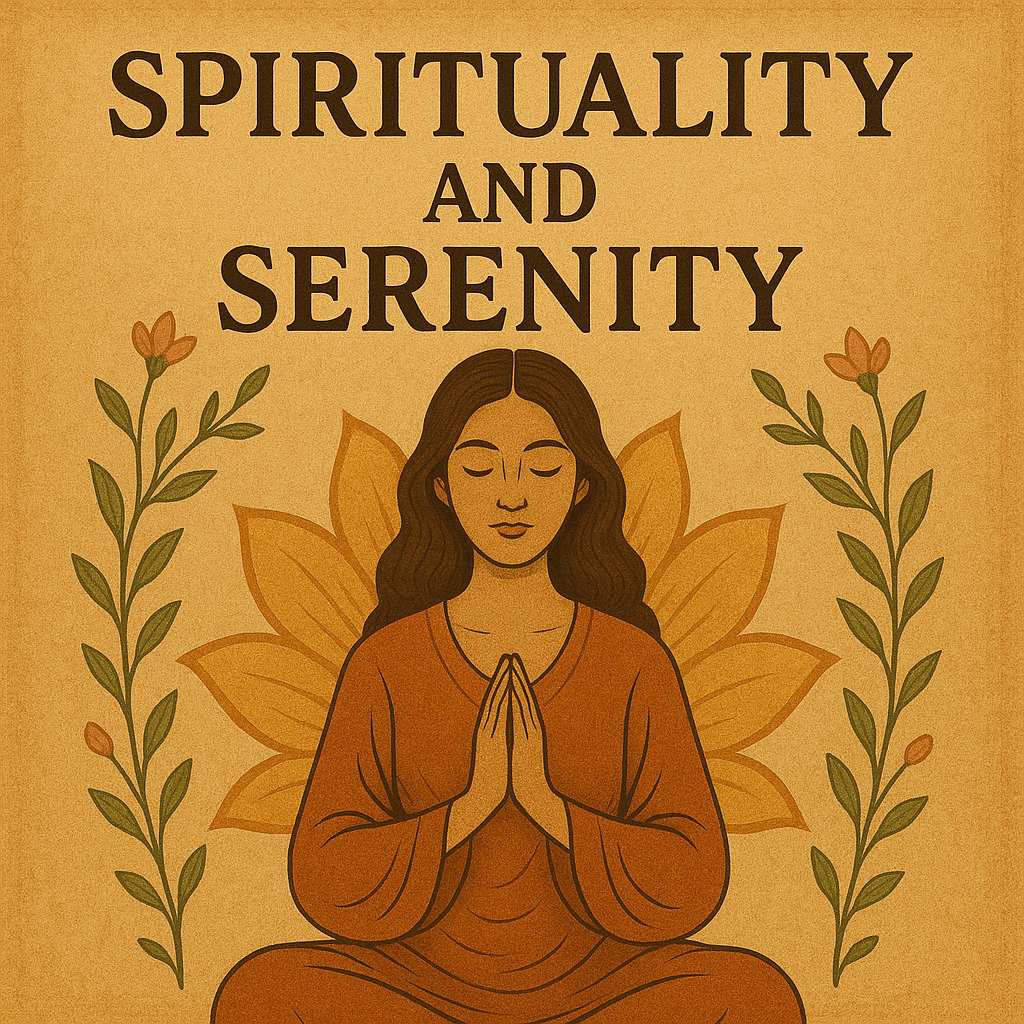🌸 Introduction: The Inner Struggle We All Carry
In our fast-moving, technology-driven world, many people appear successful on the outside yet silently carry unhealed emotional wounds. These hidden scars—born from heartbreak, childhood pain, grief, or even daily micro-stresses—can shape our behaviors, relationships, and self-image in profound ways.
We scroll through endless news feeds, chase deadlines, and fill our lives with noise. But beneath it all, we crave peace, healing, and connection. Spiritual awareness and mindfulness offer timeless solutions to this modern dilemma. They help us see clearly, breathe deeply, and live from a place of serenity rather than stress.
This article explores how to heal emotional wounds with spiritual awareness, integrate mindfulness into everyday life, and use spiritual tools to transform stress into serenity.
🌺 Part I: Healing Emotional Wounds Through Spiritual Awareness
🕊️ The Nature of Emotional Wounds
Unlike physical wounds, emotional wounds are invisible. They may come from:
- Childhood experiences: neglect, rejection, or feeling unseen.
- Relationships: betrayal, abandonment, or unmet expectations.
- Life changes: grief, job loss, illness, or failure.
- Cultural/Spiritual disconnection: feeling cut off from purpose, nature, or community.
Though unseen, they manifest in real ways: chronic stress, tension in the body, insomnia, or destructive habits.
✨ The Healing Power of Spiritual Awareness
Spiritual awareness does not erase our wounds—it transforms our relationship to them. Through awareness, we gain three healing insights:
- Witnessing Without Judgment
Instead of running from pain, we sit with it. Awareness allows us to say: “This is part of my human experience, but it does not define me.” - Connection to the Greater Whole
Realizing we are part of a divine, interconnected universe gives perspective. Our pain becomes less isolating when seen as part of the collective human journey. - Freedom Beyond the Ego
The ego clings to stories: “I am broken,” “I am unworthy.” Spiritual awareness dissolves these narratives, revealing a radiant self beneath the pain.
🌱 “The wound is the place where the Light enters you.” – Rumi
🌹 Practical Practices for Healing
- Inner Child Meditation: Visualize your younger self. Offer them love, patience, and compassion.
- Compassion Journaling: Write a painful memory, then rewrite it with words of forgiveness and wisdom.
- Loving-Kindness (Metta) Practice: Begin with yourself: “May I be peaceful.” Extend to others: “May they be peaceful.”
These spiritual practices allow wounds to soften, opening the way for resilience and serenity.
🌼 Part II: Mindfulness in Everyday Life – Practical Spiritual Integration
🧘 What Mindfulness Really Is
Mindfulness is not about escaping life but about being fully present. It is the art of paying attention—without judgment—to each moment.
Modern psychology embraces mindfulness, yet its roots lie deep in traditions such as Buddhism, Taoism, Sufism, and even Christian mysticism. Across cultures, the message is the same: peace lives in the present moment.
🌞 Everyday Applications of Mindfulness
- Mindful Breathing: Take three slow breaths before answering a stressful email.
- Mindful Eating: Savor flavors, chew slowly, give thanks.
- Mindful Walking: Feel the earth beneath your feet, notice sounds around you.
- Mindful Relationships: Listen fully before speaking.
🌸 A 7-Day Mindfulness Challenge
- Day 1: Begin the day with 3 minutes of deep breathing.
- Day 2: Eat one meal in silence, noticing every flavor.
- Day 3: Pause before checking your phone. Ask: Why am I opening it?
- Day 4: Journal one mindful observation about your emotions.
- Day 5: Take a mindful walk, noticing five things in nature.
- Day 6: Practice gratitude for three simple blessings.
- Day 7: End the day with 5 minutes of meditation.
🌟 Mindfulness is not about adding tasks—it’s about bringing presence to what we already do.
🌻 Part III: From Stress to Serenity – Spiritual Tools for Modern Living
🔥 The Weight of Stress Today
Chronic stress is called the “health epidemic of the 21st century.” It raises cortisol, damages the immune system, and fuels anxiety. Spiritually, it clouds awareness and keeps us trapped in cycles of fear.
The remedy lies in ancient spiritual wisdom—tools that modern science is now validating.
🌟 Spiritual Tools for Serenity
- Meditation and Prayer
- Meditation cultivates silence and clarity.
- Prayer connects us to the Divine and fills the heart with trust.
- Mantras and Affirmations
- Repetition of sacred words or phrases calms the subconscious.
- Example: “I am safe. I am whole. I am at peace.”
- Gratitude Practice
- Writing three blessings daily rewires the brain for positivity.
- Neuroscience confirms: gratitude boosts serotonin and dopamine.
- Breathwork
- Try “Box Breathing”: Inhale 4, hold 4, exhale 4, hold 4.
- Balances the nervous system, easing stress.
- Sacred Community
- Spiritual groups (churches, temples, meditation circles, online communities) remind us we are not alone.
🌙 Everyday Scenarios
- For parents: Practice mindful breathing with your children before bed.
- For professionals: Begin meetings with a moment of silence.
- For students: Use gratitude journaling to reduce exam stress.
🌹 Part IV: Where Science Meets the Sacred
Spiritual tools are not just comforting—they are scientifically transformative.
- Neuroplasticity: Studies show meditation increases gray matter in regions for empathy and self-regulation.
- Stress Hormones: Mindfulness lowers cortisol, improving immunity and sleep.
- Heart-Brain Coherence: Gratitude aligns heart rhythms with brain waves, fostering calm.
- Epigenetics: Emerging research suggests meditation may influence gene expression, reducing inflammation.
Science and spirituality are converging, proving what mystics always knew: healing comes from within.
🌺 Part V: Stories of Transformation
- Anna’s Healing: After years of anxiety, Anna turned to daily meditation. Within months, her panic attacks decreased, and she felt “at home in her own body.”
- Omar’s Renewal: A Sufi dhikr practice helped Omar transform grief into compassion. “My pain became my teacher,” he says.
- Maria’s Family Ritual: As a mother of three, Maria added gratitude journaling at bedtime. It became a sacred family moment, easing stress and deepening love.
Parables also point the way:
- A Zen master once held a glass of water and asked, “How heavy is this glass?” The students guessed weights. The master replied, “The longer you hold it, the heavier it feels. Stress is the same—let it go.”
🌈 Conclusion: A Path Toward Wholeness
The journey from stress to serenity is not about perfection—it is about practice.
- Through spiritual awareness, we shine light on our wounds and discover we are more than our pain.
- Through mindfulness, we anchor ourselves in the present, where peace lives.
- Through spiritual tools, we build daily habits that transform stress into serenity.
🌟 “You don’t have to seek peace. You only have to remove what blocks it.” – Ram Dass
In the end, serenity is not found in escaping life but in fully embracing it with awareness and love. The sanctuary we seek is already within us—waiting for us to pause, to breathe, and to remember who we truly are.

